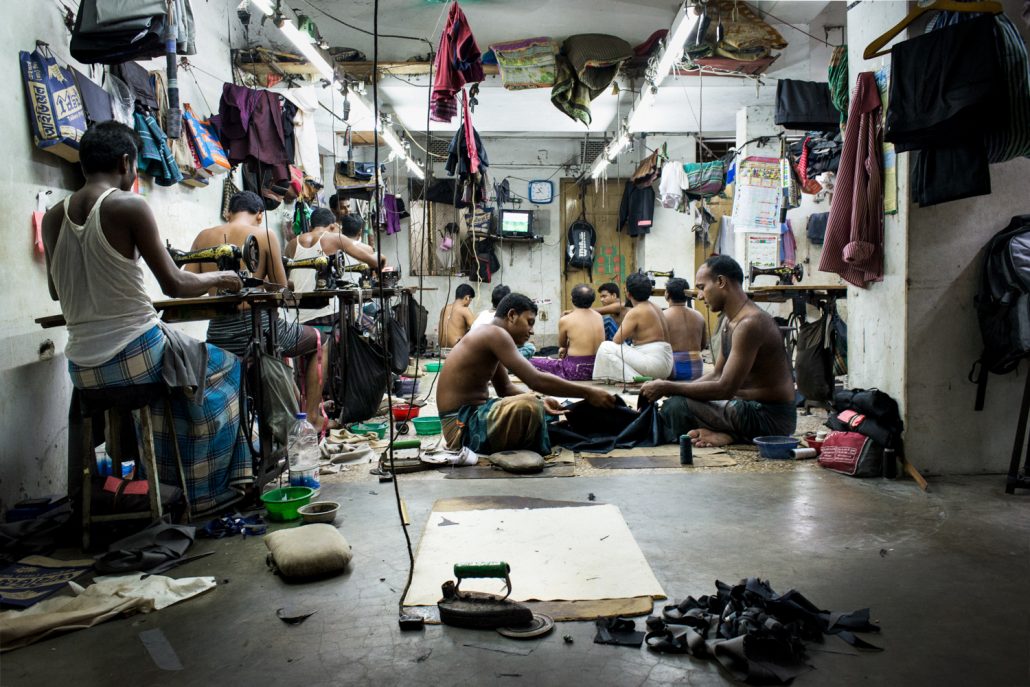This post is also available in:
 French
French
In April 2013, the Rana Plaza clothing factory building in the suburbs of Dhaka collapsed, bringing with it the lives of more than a thousand workers. Bangladesh, the world’s second biggest exporter of clothing after China, became a major source of interest for the media for a few months. That attention gave rise to numerous debates on working conditions for adults and children in the industry, as well as on our responsibility as consumers.
In any case, the biggest industrial accident in the history of Bangladesh is nothing but the result of a generalized and uncontrolled boom in the demand for ready-to-wear clothing that has been running for almost 40 years. Exports of textile products were worth 3.7 million dollars in 1985, as compared with 10.7 billion dollars in 2008. In 2012, revenue from clothing exports amounted to 80% of all of the country’s exports (source BGMEA Bangla Garnements Manufacturers and Exporters Associations).
Commercial treaties such as the MFA (the Multi-Fiber Arrangement), the privatization of the textile sector in the 1980s, training by foreign groups such as Daewoo Korea and cut-price labour (27$ a month in 2000) all combined to allow the most densely populated country in the world (excluding island nations) to become a giant in the export textile market.
A middle class has emerged thanks to the textile economy in this country of 160 million residents whose buying power is steadily growing. The Bangladeshis themselves want to wear suits, Nike- or Adidas-branded sportswear, well cut shirts and football t-shirts from the world’s biggest clubs.
That said, the Bangladeshis have their own tastes and clothes made for export are too expensive for them and are not adapted to their morphology. Some « export quality » clothes from H&M’s or Zara’s production lines do end up in some of the markets throughout the country, but they do not even start to satisfy style-conscious Bangladeshis.
Many workshops have sprung up in the country’s main cities to serve these local consumers. From the outside, there is nothing to distinguish them from the factories making clothes for export. They are big, hastily built blocks of concrete, serving several functions: shops on the ground floor, some housing and offices on the first floor, and then the vast overheated workshops on the higher floors where up to 300 people could be working at a time.
We are far from Western standards: the machines are not perfectly aligned; there is no hourly wage nor even a supervisor. The women who make up most of the workforce in the Western factories are absent here. The tailors work, sleep and eat in the same place. They are paid by the piece, are hard working and some are passionate about their work. Most have left their homes and families to come to these aging and overheated workshops which will become their homes for several years.



